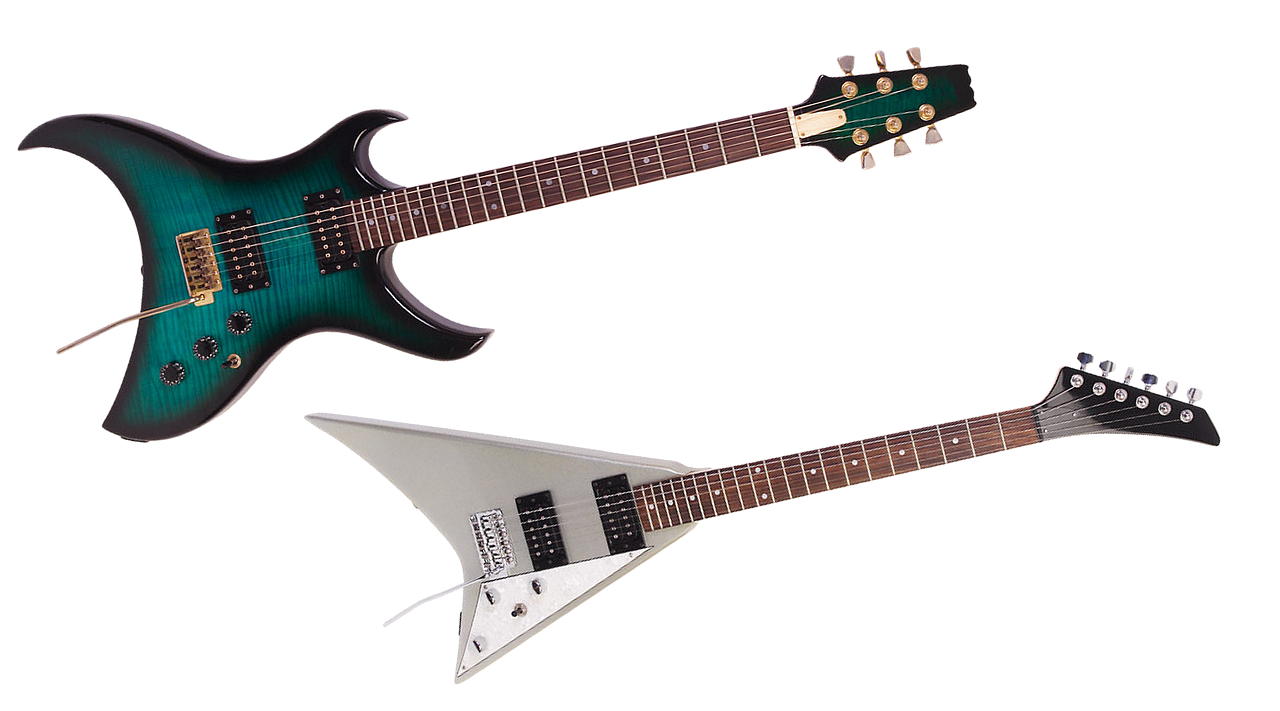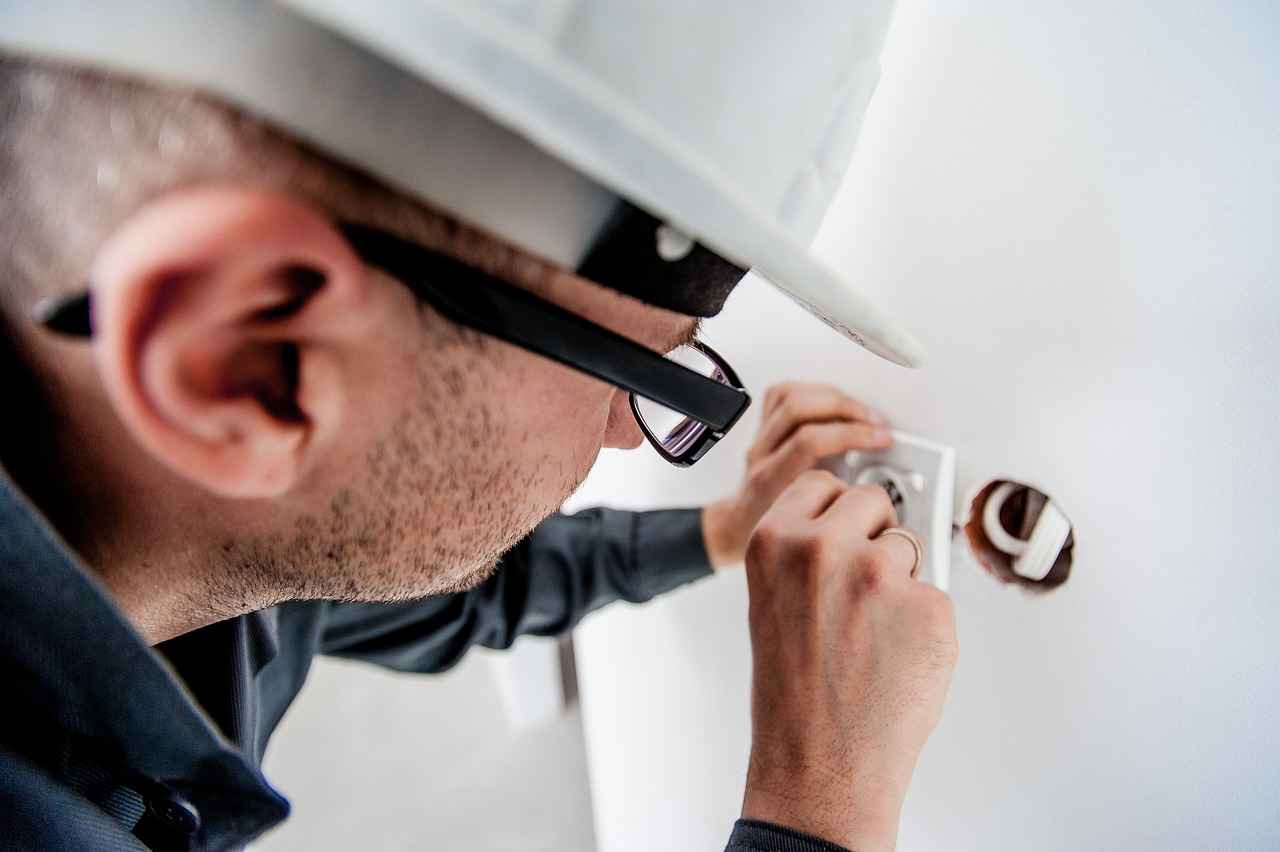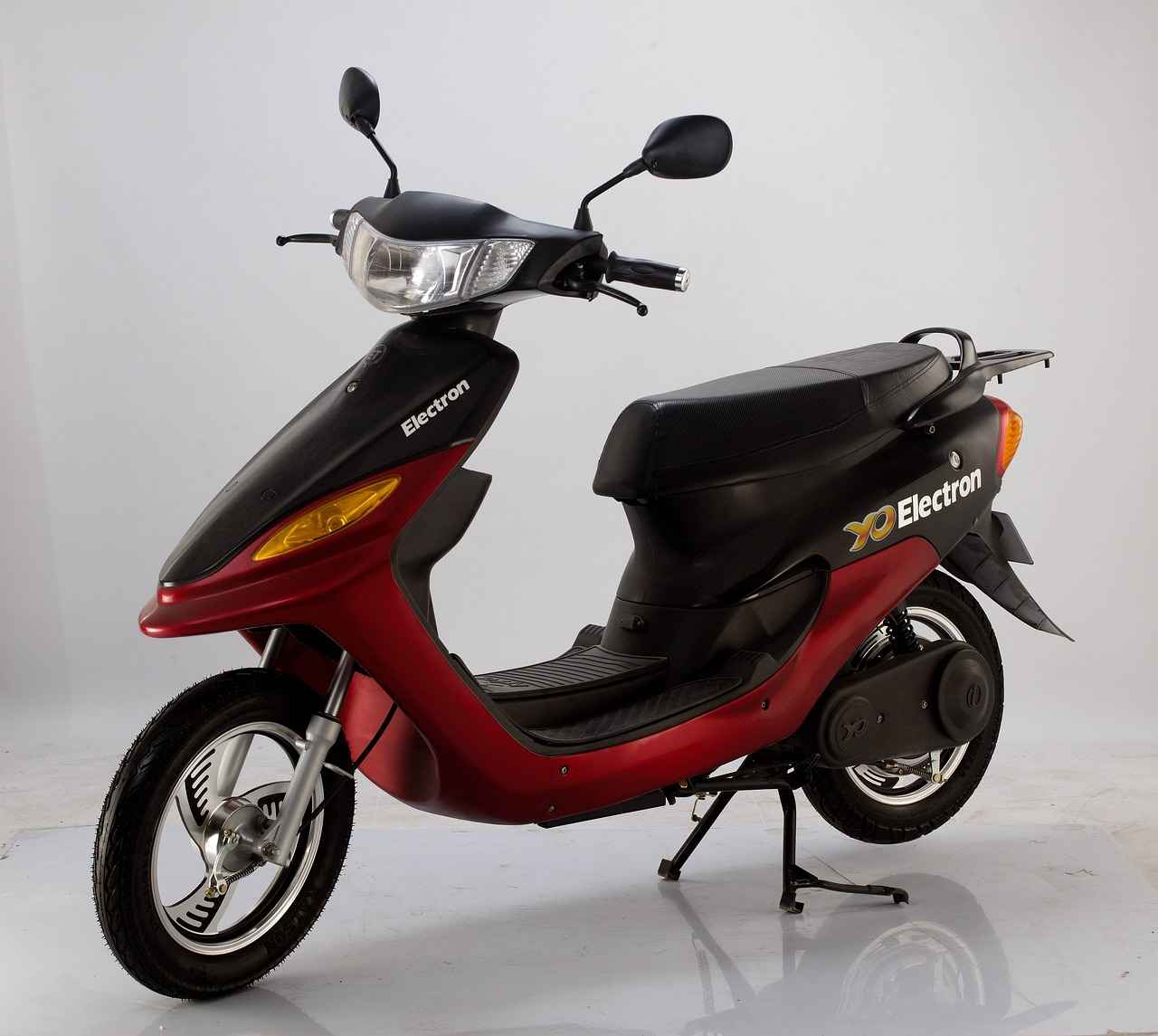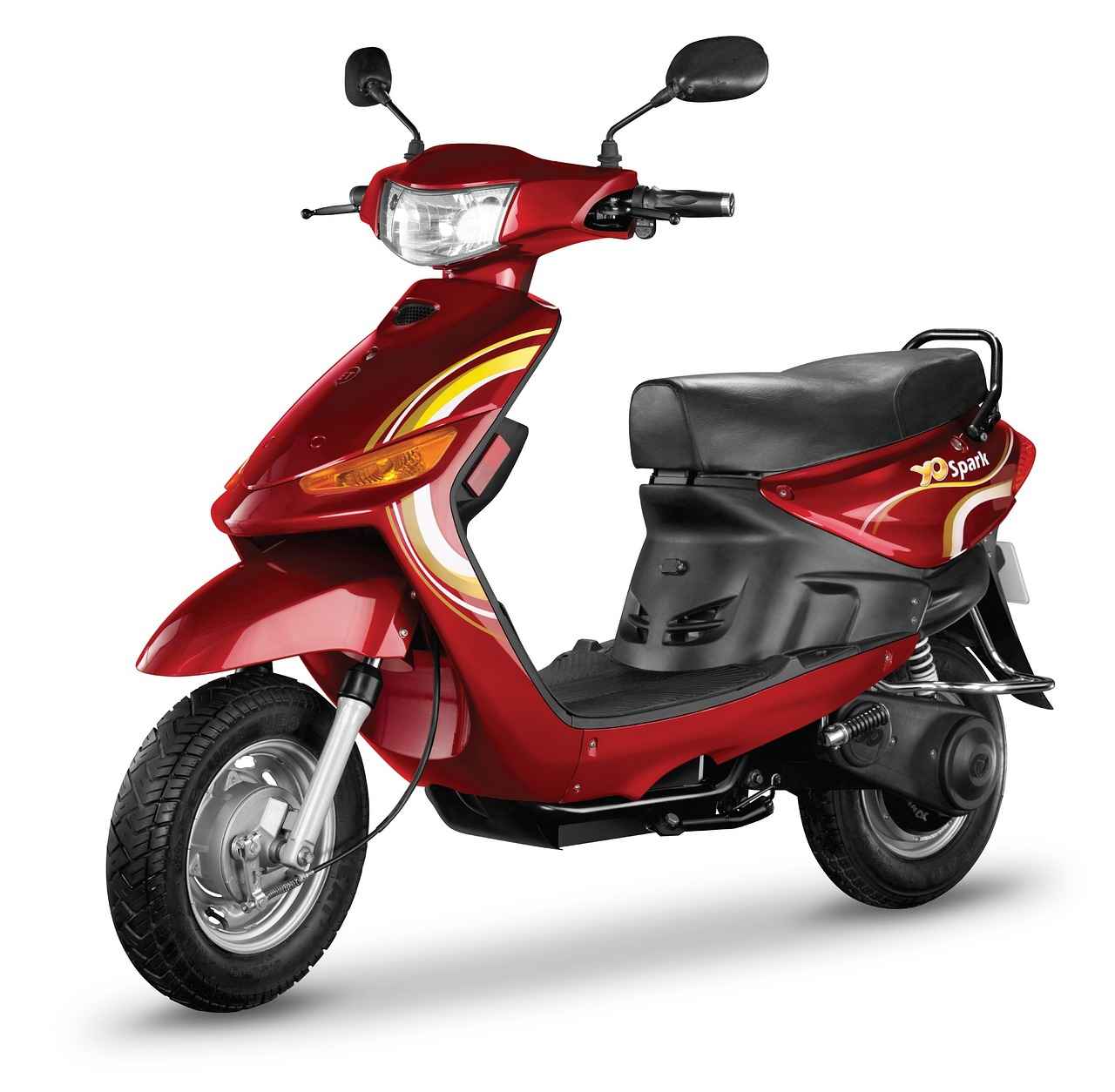This article explores the pros and cons of purchasing a secondhand electric bike versus a new one, helping you make an informed decision based on your needs and budget.
Understanding Electric Bikes
Electric bikes, or e-bikes, blend traditional cycling with electric propulsion, offering a unique riding experience. These bikes can significantly enhance your commuting and recreational activities by providing assistance on inclines and longer distances.
Benefits of Buying New Electric Bikes
- Latest Technology: New electric bikes incorporate the latest advancements in battery and motor technology, ensuring optimal performance.
- Warranty Protection: Purchasing new often includes a warranty, providing peace of mind against potential defects.
- Pristine Condition: New bikes are in perfect condition, free from wear and tear.
Advantages of Secondhand Electric Bikes
- Cost Savings: Secondhand electric bikes typically come at a significantly lower price point.
- Quality Finds: Many secondhand bikes are high-quality models that have been well-maintained.
- Environmental Impact: Buying used helps reduce waste and promotes recycling.
Factors to Consider When Buying Secondhand
- Battery Condition: Assess the battery’s health and expected lifespan, as it is crucial for performance.
- Frame Integrity: Check the frame and components for any signs of damage or wear to ensure safety.
Warranty and After-Sales Support
- New Bikes: Typically come with comprehensive service options and warranties.
- Secondhand Support: May lack warranty coverage, making it essential to find reliable service sources.
Resale Value Considerations
Understanding the resale value of electric bikes can influence your buying decision. New bikes depreciate faster, while secondhand models may retain value better if maintained properly.
Conclusion: Making the Right Choice
Ultimately, the decision to buy a secondhand or new electric bike depends on your personal preferences and circumstances. Consider your budget, intended use, and the importance of warranty and support when making your choice.

Understanding Electric Bikes
Electric bikes, commonly referred to as e-bikes, are revolutionizing the way we think about cycling. By integrating traditional pedaling with electric propulsion, these bikes offer a unique blend of exercise and convenience. E-bikes are equipped with a battery and a motor, which assist the rider in pedaling, making it easier to tackle hills and cover longer distances without excessive fatigue.
One of the primary advantages of e-bikes is their ability to enhance the cycling experience. Riders can choose to pedal without assistance for a workout or engage the motor for a more leisurely ride. This flexibility appeals to a wide range of users, from commuters looking to avoid traffic to recreational cyclists seeking adventure.
When considering whether to invest in a new or secondhand electric bike, it’s essential to understand the mechanics involved. Most e-bikes consist of three main components: the motor, the battery, and the controller. The motor provides the necessary power to assist pedaling, while the battery stores energy to keep the bike running. The controller regulates the power output and ensures a smooth ride.
In addition to their mechanics, e-bikes offer numerous benefits. They can significantly reduce commuting times, lower transportation costs, and even contribute to improved health by encouraging more people to cycle. Furthermore, with the growing emphasis on sustainability, e-bikes present an eco-friendly alternative to cars.
In conclusion, understanding the mechanics and benefits of electric bikes is crucial for making an informed purchasing decision. Whether you opt for a brand-new model or a secondhand option, e-bikes can enhance your mobility and overall quality of life.

Benefits of Buying New Electric Bikes
When considering the purchase of an electric bike, opting for a brand-new model can provide numerous advantages that enhance your cycling experience. From the latest technology to comprehensive warranties, new electric bikes offer features that can make your investment worthwhile.
- Latest Technology: New electric bikes come equipped with the most recent advancements in e-bike technology. This includes improved battery efficiency, enhanced motor performance, and integrated smart features such as GPS and Bluetooth connectivity. These innovations can significantly enhance your riding experience, making it more enjoyable and efficient.
- Warranty Protection: One of the most compelling reasons to buy new is the warranty that accompanies these bikes. Most manufacturers provide warranties that cover defects and repairs, offering you peace of mind. This means you can ride with confidence, knowing that if something goes wrong, you have support.
- Pristine Condition: New electric bikes are in perfect condition, free from wear and tear. This ensures optimal performance and reliability compared to secondhand models, which may have hidden issues that could affect your ride.
- Customization Options: Purchasing a new bike often allows for customization to fit your personal preferences. You can select the color, style, and features that best suit your needs, creating a unique ride tailored just for you.
- Enhanced Safety Features: New models typically incorporate the latest safety features, such as improved braking systems and better lighting. These enhancements not only provide a safer ride but also make cycling more enjoyable, especially in urban environments.
In conclusion, buying a new electric bike offers numerous benefits that can greatly enhance your cycling experience. From cutting-edge technology and comprehensive warranties to the peace of mind that comes with a pristine condition bike, the advantages are clear. If you’re looking for reliability and performance, investing in a new e-bike is a wise choice.

Advantages of Secondhand Electric Bikes
Purchasing a secondhand electric bike can be a smart financial decision that opens up a world of opportunities for cyclists. Not only do these bikes come at a lower price point, but they also offer numerous other benefits. Below, we explore the key advantages of buying a used e-bike.
- Significant Cost Savings: One of the most appealing aspects of buying a secondhand electric bike is the substantial savings you can achieve. Secondhand models often cost 30-50% less than new ones, allowing you to invest in a higher-quality bike or save money for other cycling accessories.
- Access to Premium Brands: With a limited budget, purchasing a secondhand bike enables you to consider high-end brands that might have been out of reach if buying new. You can find models from reputable brands that are still in excellent condition.
- Less Depreciation: New electric bikes lose value quickly, often depreciating by 20-30% as soon as they are purchased. By choosing a secondhand bike, you avoid this initial depreciation, making it a more financially sound investment.
- Environmental Benefits: Buying used contributes to sustainability. By opting for a secondhand electric bike, you are reducing waste and minimizing your carbon footprint, promoting a more eco-friendly lifestyle.
- Potential for Quality Finds: Many secondhand electric bikes are sold by individuals who have barely used them, meaning you can find bikes that are nearly new at a fraction of the cost. This potential for quality can lead to great deals.
In conclusion, purchasing a secondhand electric bike not only provides financial benefits but also supports environmental sustainability and offers access to higher-quality models. As you consider your options, weigh these advantages carefully to make the best decision for your cycling needs.
Cost Savings on Secondhand Models
When considering the purchase of an electric bike, one of the most significant advantages of going for a secondhand model is the potential for substantial cost savings. Typically, secondhand electric bikes are priced considerably lower than their brand-new counterparts, making them an attractive option for budget-conscious consumers.
On average, you can expect to save anywhere from 20% to 50% off the original retail price of a new electric bike. This price reduction can vary based on several factors, including the bike’s age, condition, and brand. For instance, a well-maintained used e-bike from a reputable manufacturer can offer excellent value without sacrificing quality.
| Factors Affecting Price | Potential Savings |
|---|---|
| Age of the Bike | 10-30% |
| Condition (like new, good, fair) | 20-50% |
| Brand Reputation | 15-40% |
Moreover, buying secondhand doesn’t mean compromising on quality. Many sellers offer bikes that have been lightly used and are still in excellent condition. Additionally, purchasing a secondhand electric bike can allow you to access higher-end models that may have been out of your budget if bought new.
However, it’s essential to approach secondhand purchases with caution. Always inspect the bike thoroughly and consider factors such as battery health, frame integrity, and component wear. Doing so will ensure you make a wise investment and enjoy the benefits of your e-bike for years to come.
In summary, opting for a secondhand electric bike can lead to significant savings while still providing a reliable and enjoyable riding experience. With careful consideration and research, you can find a bike that meets your needs without breaking the bank.
Environmental Impact of Buying Used
Choosing a secondhand electric bike is not just a smart financial decision; it also plays a significant role in reducing your carbon footprint. This section delves into the environmental advantages associated with reusing and recycling bikes, highlighting how these actions contribute to a healthier planet.
First and foremost, the production of new electric bikes involves considerable resources, including metals, plastics, and energy. By opting for a secondhand model, you are effectively extending the lifecycle of an existing bike, which reduces the demand for new materials and the energy consumption associated with manufacturing. This process is crucial in minimizing waste and conserving natural resources.
Moreover, the transportation of new bikes from manufacturers to retailers generates additional carbon emissions. Purchasing a secondhand electric bike often means acquiring it locally, which can significantly lower your carbon footprint. The closer the bike is sourced, the less energy is expended in transportation, making it a more sustainable choice.
Another important aspect to consider is the recycling potential of electric bikes. Many components of e-bikes, such as batteries and frames, can be recycled or repurposed. When you buy used, you support a market that values these materials, encouraging recycling practices and reducing landfill waste.
In addition to the direct environmental benefits, buying secondhand promotes a culture of sustainability. It fosters awareness about the importance of reuse and recycling, inspiring others to consider their purchasing habits and the environmental impact of their choices.
In conclusion, purchasing a secondhand electric bike not only saves you money but also significantly contributes to environmental conservation. By making this choice, you are actively participating in a movement towards a more sustainable future.

Factors to Consider When Buying Secondhand
When considering the purchase of a secondhand electric bike, several key factors must be evaluated to ensure that you make a wise investment. This section will guide you through the essential aspects to consider, helping you avoid common pitfalls and maximize your purchase.
- Battery Condition and Lifespan: The battery is the heart of any electric bike. Before making a purchase, inquire about the battery’s age, charging cycles, and overall health. A well-maintained battery can significantly extend the bike’s usability.
- Frame and Component Integrity: Inspect the bike’s frame for any signs of damage or rust. Pay special attention to the components such as brakes, gears, and tires. A thorough check can help you avoid costly repairs down the line.
- Previous Usage: Understanding how the bike was used by the previous owner can provide insights into its condition. Was it primarily used for commuting, or was it subjected to rough terrains? This information can help gauge potential wear and tear.
- Test Ride: Always take the bike for a test ride. This allows you to assess its performance and comfort level. Listen for unusual sounds and check the responsiveness of the brakes and gears.
- Documentation and History: Request any available documentation, including service records and original purchase receipts. A bike with a documented maintenance history is often a better investment.
- Price Comparison: Research the market value of similar models to ensure that you are paying a fair price. Compare listings from various sources to get a better understanding of pricing trends.
By carefully considering these factors, you can enhance your chances of finding a high-quality secondhand electric bike that meets your needs and fits within your budget.
Battery Condition and Lifespan
The battery is a pivotal component of any electric bike, directly influencing its performance and usability. When considering a secondhand electric bike, assessing the condition and expected lifespan of its battery is essential to ensure a worthwhile investment.
Here are some key factors to evaluate:
- Battery Type: Most electric bikes utilize lithium-ion batteries, known for their efficiency and longevity. However, older models may feature lead-acid batteries, which have a shorter lifespan.
- Cycle Count: Every battery has a limited number of charge cycles, typically ranging from 500 to 1,000 for lithium-ion batteries. Ask the seller about the cycle count, as it reflects the battery’s health and remaining lifespan.
- Voltage and Capacity: Check the voltage rating and capacity (measured in amp-hours) of the battery. A higher voltage and capacity often mean better performance and longer rides.
- Physical Condition: Inspect the battery for any signs of damage, such as dents, corrosion, or swelling. Any visible issues could indicate underlying problems that may affect performance.
- Charging Behavior: If possible, test the battery by charging it fully and observing how it discharges during a ride. A battery that drains quickly may need replacement sooner than expected.
Understanding these factors can help you gauge the battery’s condition and its expected lifespan. It’s also wise to consider the cost of a new battery, as this can significantly impact your overall budget for the secondhand bike.
In conclusion, a thorough evaluation of the battery condition and lifespan can save you from unexpected expenses and ensure that your secondhand electric bike meets your riding needs.
Frame and Component Integrity
is a critical aspect to consider when purchasing a secondhand electric bike. The overall condition of the bike’s frame and components directly impacts its longevity and safety. Before making a purchase, it’s essential to conduct a thorough examination of these elements to ensure you’re making a wise investment.
Begin by inspecting the frame for any signs of damage or wear. Look for cracks, dents, or rust, which can indicate potential issues. A compromised frame can significantly affect the bike’s performance and safety. Additionally, check the welds and joints for any signs of stress or fatigue, as these areas are often under significant pressure during use.
Next, pay attention to the components such as the brakes, gears, and wheels. Ensure that the brakes are responsive and that the pads have sufficient material left. A well-functioning braking system is vital for your safety. Test the gears to confirm they shift smoothly; any hesitation or skipping can signal underlying problems that may require costly repairs.
Don’t overlook the wheels and tires. Inspect the tires for tread wear and cracks, as these can affect traction and handling. Make sure the wheels are true, meaning they spin straight without wobbling. A misaligned wheel can lead to poor performance and increased risk of accidents.
Finally, consider asking the seller about the bike’s maintenance history. A well-maintained bike with regular servicing will likely be more reliable than one that has been neglected. Request any available documentation that can provide insight into its care and condition.
In conclusion, taking the time to thoroughly examine the frame and components of a secondhand electric bike can save you from unexpected issues and ensure a safer riding experience. By being diligent in your inspection, you can confidently make a purchase that meets your needs and expectations.

Warranty and After-Sales Support
When considering the purchase of an electric bike, one of the most significant factors to evaluate is the warranty and after-sales support offered by manufacturers. This section will delve into the differences in warranty options between new and secondhand electric bikes, highlighting the advantages and disadvantages of each.
New electric bikes typically come with a comprehensive warranty that covers various components, including the battery, motor, and frame. These warranties can range from one to several years, providing buyers with peace of mind knowing that they are protected against manufacturing defects and performance issues. Additionally, many manufacturers offer after-sales support, which can include maintenance services, troubleshooting assistance, and access to replacement parts.
In contrast, secondhand electric bikes often lack warranty coverage, particularly if the original warranty has expired. This absence of protection can be a significant drawback, as buyers may face unexpected repair costs. Moreover, the after-sales support for used bikes can be limited. While some retailers may offer limited guarantees or service options for secondhand purchases, they usually do not match the extensive support that comes with new models.
It’s essential for potential buyers to consider the implications of these differences. A new bike may represent a higher initial investment, but the warranty and support can save money and hassle in the long run. On the other hand, while a secondhand bike may be more affordable upfront, the lack of warranty and support can lead to unforeseen expenses and complications.
| Feature | New Electric Bikes | Secondhand Electric Bikes |
|---|---|---|
| Warranty Length | 1-5 years | Often none |
| Coverage | Comprehensive (battery, motor, frame) | Limited or none |
| After-Sales Support | Extensive | Limited |
In conclusion, when deciding between a new or secondhand electric bike, it is crucial to weigh the benefits of warranty and after-sales support against the cost savings of purchasing used. Buyers should carefully assess their needs, budget, and willingness to potentially face repair costs without warranty coverage.
Service Options for New Bikes
When investing in a new electric bike, one of the most significant advantages is the comprehensive service options available. These services are designed to ensure that your e-bike remains in optimal condition and that you receive the support you need throughout your ownership experience.
New electric bikes often come with a range of warranty options, typically covering parts and labor for a specified period. This warranty provides peace of mind, knowing that if any issues arise, you can get them resolved without incurring extra costs. Most manufacturers offer warranties that can span from one year to several years, depending on the brand and model.
In addition to warranties, many retailers provide free maintenance services for a limited time after purchase. This can include basic tune-ups, brake adjustments, and tire inflation, ensuring that your bike is always ready for a ride. Regular maintenance is crucial for electric bikes, as it helps prolong the life of the components, especially the battery and motor.
Customer support is another essential aspect of service options for new electric bikes. Most manufacturers and dealers have dedicated customer service teams to assist with any inquiries or issues. Whether you need help understanding the features of your bike or require troubleshooting assistance, having access to knowledgeable support can enhance your experience.
Furthermore, some brands offer online resources such as instructional videos, user manuals, and FAQs that can help you learn more about maintaining your e-bike. These resources empower you to take better care of your bike, enabling you to address minor issues independently.
In conclusion, purchasing a new electric bike comes with a wealth of service options that not only enhance your ownership experience but also ensure the longevity of your investment. From comprehensive warranties to excellent customer support, these services are invaluable for both new and seasoned riders.
Limited Support for Secondhand Purchases
When considering the purchase of a secondhand electric bike, one significant aspect to keep in mind is the limited support often associated with these models. Unlike new bikes, which typically come with comprehensive warranties and customer service options, secondhand bikes may leave you with fewer resources for assistance.
Many secondhand electric bikes are sold as-is, meaning that any repairs or issues that arise after the purchase will be your responsibility. This can be a major concern, especially if you encounter problems with key components such as the battery or motor. Without a warranty, you could face unexpected costs for repairs that could have been covered had you opted for a new model.
Additionally, finding parts for older or less common models can be challenging. Many manufacturers prioritize support for their latest products, leaving owners of secondhand bikes with limited options for replacement parts. This can lead to frustration and additional expenses if you need to source parts from third-party suppliers or aftermarket options.
Moreover, the availability of service centers that specialize in secondhand electric bikes may also be limited. While some bike shops offer repair services, they might not have the expertise or parts necessary for specific brands or models. This can make it difficult to find reliable support when you need it most.
In conclusion, while purchasing a secondhand electric bike can offer significant savings, it’s crucial to weigh the potential challenges of limited support. Ensure you conduct thorough research on the bike’s condition and consider the implications of not having a warranty. By being informed, you can make a decision that aligns with your needs and ensures a smoother riding experience.

Resale Value Considerations
When contemplating the purchase of an electric bike, understanding the resale value is crucial. This consideration can significantly influence your buying decision, especially if you plan to upgrade or change your bike in the future. The resale value of electric bikes varies between new and secondhand models, and several factors come into play.
New Electric Bikes: Generally, new electric bikes depreciate quickly within the first few years. This rapid depreciation occurs because the market is flooded with the latest models, which often feature improved technology and designs. As a result, the resale value of a new e-bike may drop significantly after just one or two years of ownership. However, the advantage of buying new is that you are more likely to sell it at a higher price if you maintain it well and keep it in excellent condition.
Secondhand Electric Bikes: On the other hand, secondhand electric bikes often retain their value better than new ones, particularly if they are well-maintained and come from reputable brands. Buyers looking for affordable options frequently turn to the secondhand market, which can create a steady demand. This demand can help sustain the resale value of a secondhand bike, especially if it has desirable features or a strong brand reputation.
Market Trends: It’s also essential to consider market trends when evaluating resale value. The popularity of electric bikes has surged, and as more people adopt this eco-friendly mode of transportation, the resale market may become more robust. Additionally, seasonal factors can influence demand; for example, bikes may sell for higher prices during spring and summer when cycling is more popular.
In conclusion, whether you opt for a new or secondhand electric bike, understanding the potential resale value can guide your decision. Being aware of depreciation rates, market trends, and the condition of the bike will help you make a wise investment that aligns with your future plans.

Conclusion: Making the Right Choice
When it comes to deciding whether to purchase a secondhand or a new electric bike, there are several important factors to consider. Each option presents its own set of advantages and disadvantages, making it essential to evaluate your personal circumstances, preferences, and budget before making a final decision.
First, think about your budget. New electric bikes often come with the latest technology and features, which can be appealing, but they also come with a higher price tag. In contrast, secondhand electric bikes can offer significant savings, allowing you to get a quality bike at a fraction of the cost. However, be aware that the initial savings might come with potential maintenance costs if the bike requires repairs or replacement parts.
Next, consider the condition of the bike. A new electric bike will be in pristine condition and often includes a warranty, giving you peace of mind regarding any potential issues. On the other hand, a secondhand bike may have wear and tear, and it’s crucial to inspect its battery life and overall integrity before purchasing. A thorough evaluation can help you avoid unexpected expenses down the road.
Another critical aspect is the environmental impact. Buying a secondhand electric bike contributes to sustainability by reducing waste and promoting recycling. If environmental considerations are important to you, opting for a used bike may align better with your values.
In conclusion, the decision to buy a secondhand or new electric bike ultimately hinges on your individual needs and circumstances. By weighing the financial implications, assessing the condition of the bike, and considering your environmental impact, you can make an informed choice that best fits your lifestyle.
Frequently Asked Questions
- What are the main benefits of buying a new electric bike?
New electric bikes come with the latest technology, ensuring optimal performance and reliability. Plus, they often come with warranties that provide peace of mind, so you can ride without worry!
- How much can I save by purchasing a secondhand electric bike?
Buying secondhand can save you a significant amount, often ranging from 20% to 50% off the original price. This makes it a great option for budget-conscious riders looking for quality bikes!
- What should I check when buying a secondhand electric bike?
It’s crucial to inspect the bike’s battery condition, frame integrity, and overall component quality. A thorough check can help you avoid potential issues down the line and ensure a good investment!
- Are there any environmental benefits to buying used electric bikes?
Absolutely! Choosing a secondhand electric bike helps reduce waste and lowers your carbon footprint by promoting recycling and reusing of resources. It’s a win-win for both your wallet and the planet!
- What kind of support can I expect when buying a new electric bike?
New electric bikes typically come with comprehensive after-sales support, including maintenance services and warranty options, making it easier to keep your bike in top shape!
- Is it risky to buy a secondhand electric bike?
While there are risks involved, such as limited warranties or potential hidden issues, doing your homework and inspecting the bike properly can mitigate these risks significantly!













